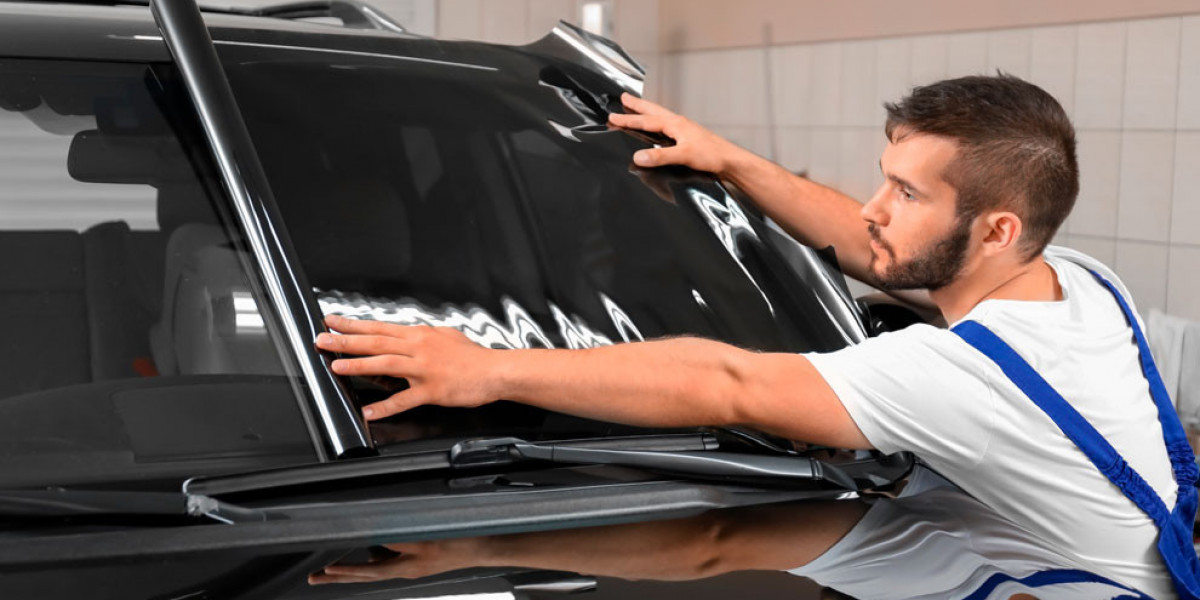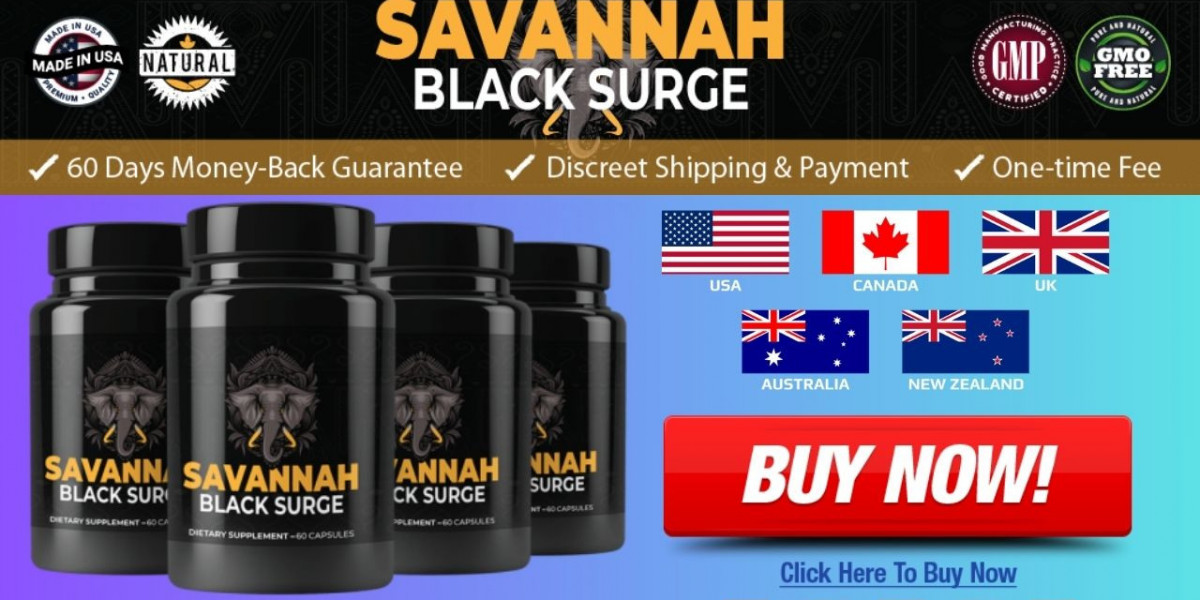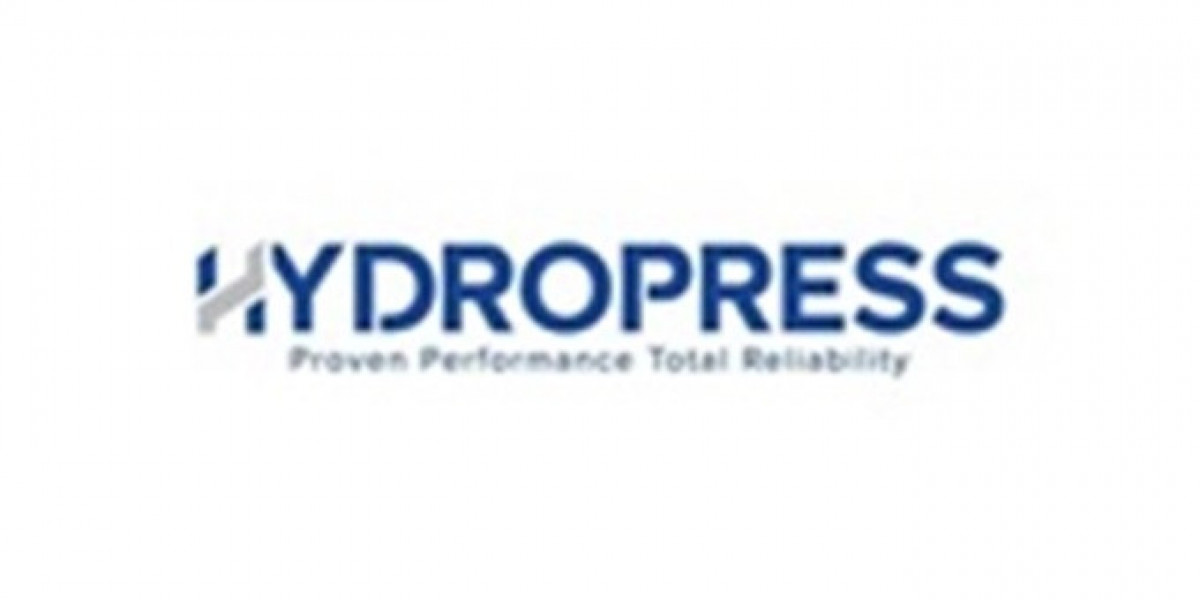Automotive window tinting is a popular enhancement for vehicles, offering a range of benefits, from improved aesthetics to increased comfort and safety. This guide covers everything you need to know about automotive window tinting.
What is Automotive Window Tinting?
Automotive window tinting involves applying a thin film to the windows of a vehicle to reduce glare, UV radiation, and heat. This film comes in various shades and materials, allowing car owners to customize their vehicle's appearance and functionality.
Benefits of Automotive Window Tinting
UV Protection
One of the primary benefits of window tinting is its ability to block harmful UV rays. This helps protect the skin of passengers and reduces the risk of skin cancer.
Heat Reduction
Tinted windows can significantly reduce the heat inside a vehicle, making it more comfortable during hot weather. This can also decrease the need for air conditioning, improving fuel efficiency.
Enhanced Privacy
Window tinting offers increased privacy for passengers and valuables inside the vehicle. Tinted windows make it harder for others to see inside, which can deter theft.
Glare Reduction
Tinted windows help reduce glare from the sun and headlights, improving visibility and driving comfort. This can lead to a safer driving experience, especially during dawn and dusk.
Improved Aesthetics
Automotive window tinting enhances the overall appearance of a vehicle, giving it a sleek, polished look. Tinted windows can complement the car's design and color.
Types of Automotive Window Tinting Films
Dyed Window Films
Dyed films use a layer of dye to absorb heat and reduce glare. They are an affordable option but may not provide as much heat rejection as other types.
Metalized Window Films
Metalized films contain tiny metallic particles that reflect heat and UV rays. They offer better durability and heat rejection compared to dyed films.
Ceramic Window Films
Ceramic films are made with advanced technology, offering high heat rejection without interference with electronic signals. They provide excellent UV protection and durability.
Hybrid Window Films
Hybrid films combine the properties of dyed and metalized films, offering a balance between affordability and performance.
Legal Considerations
Tinting Laws by State
Each state has specific laws regarding the level of tint darkness allowed on automotive windows. It's essential to familiarize yourself with your state's regulations to avoid fines or required removal of tint.
Legal Tint Percentages
Most states specify visible light transmission (VLT) percentages, indicating how much light can pass through the tinted window. Ensure your chosen tint complies with these regulations.
Choosing the Right Tinting Service
Professional vs. DIY Tinting
While DIY tinting kits are available, professional installation ensures a quality finish and adherence to legal requirements. Professionals have the experience and tools necessary for a flawless application.
Finding a Reputable Installer
Look for reviews, recommendations, and certifications when choosing a tinting service. A reputable installer will provide warranties and high-quality materials.
Maintenance of Tinted Windows
Cleaning Tips
To maintain your tinted windows, use a gentle cleaning solution and a soft cloth. Avoid ammonia-based cleaners, as they can damage the film.
Long-Term Care
Regularly inspect your tinted windows for bubbles or peeling. If any issues arise, consult a professional for repairs to ensure longevity.
Conclusion
Automotive window tinting is a worthwhile investment that offers numerous benefits, including UV protection, heat reduction, and enhanced aesthetics. By understanding the different types of films, legal considerations, and maintenance tips, you can make an informed decision about tinting your vehicle's windows.









